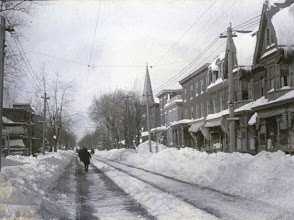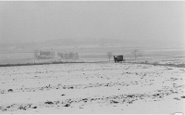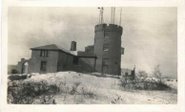From Russia with Love

850 mb analysis from 12z 12/31 centered over North Pole. Note position of -35°C cold pool over Asia and -20°C cold pool INVOF the Hudson Bay.

12z analysis @ 100 mb from 1/1 ECMWF shows warm temperature anomaly over Asia INVOF the -35°C pool @ 850 mb. This anomaly has been nearly stationary for weeks. It may have played a role in sustaining the persistent jet anomaly across the PAC by enhancing the thermal contrast with the warming contributed by the on-going +ENSO.

D+8 ECMWF forecast from 1/1 shows warm stratosphere anomaly has propagated E to a position INVOF Hudson Bay. This is where the cold air...currently positioned over Asia will set up next week and take the place of the 'warmer' -20°C pool.

The arctic airmass forecast to enter the lower 48 next week had its origins over the snow fields of Siberia.











































